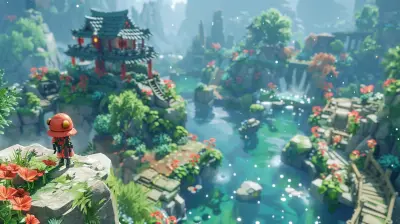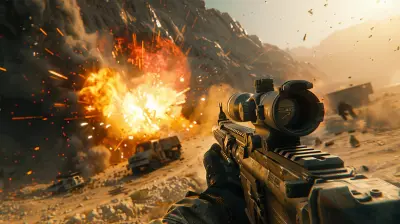Exploring Open World Environments in Survival Games
14 August 2025
Imagine being dropped into a sprawling, untamed wilderness with nothing but your wits, a stick, and maybe a tiny spark of hope. Open-world survival games have redefined the gaming landscape by blending immersive environments with the primal struggle for survival. These games are more than just virtual playgrounds—they're a dance between exploration and survival, adrenaline and creativity. How do they captivate us so effectively? Let's dive into the depths of this exciting genre and break down why open-world environments make survival games so compelling.
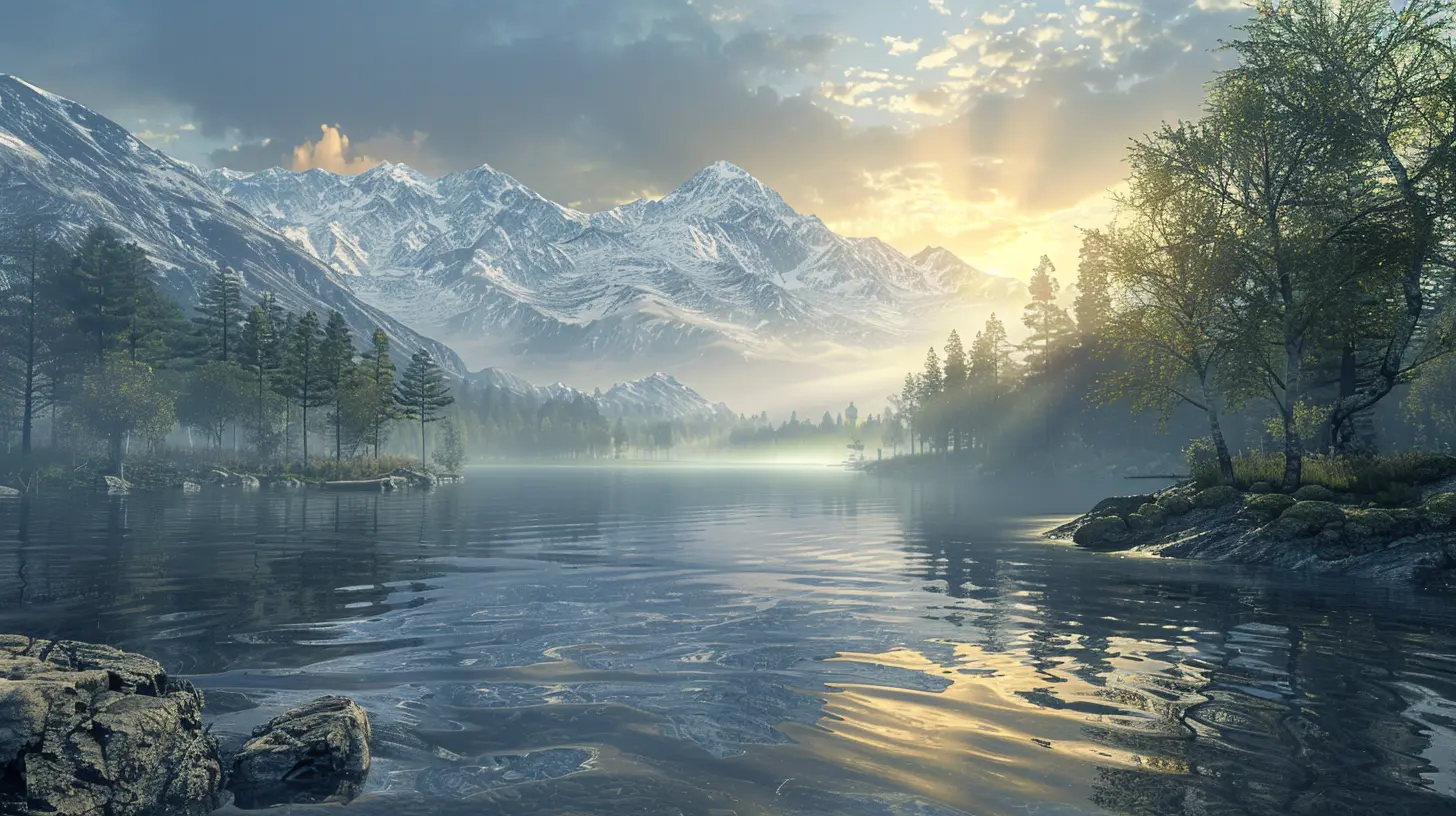
The Magic of Open World Environments
Open-world environments are like an artist’s canvas—but instead of paint, they’re filled with vibrant ecosystems, hidden secrets, and unexpected dangers. Unlike linear games that funnel you down a predetermined path, open-world games say, "Here’s the world. Go figure it out." You’re in control, and that freedom is endlessly empowering.Survival games take this freedom and sprinkle in a dash of urgency. You're not just roaming around aimlessly—you're gathering resources, building shelter, and trying not to get eaten by a bear (or a zombie, or some mutated alien thing). This mix of exploration and survival creates an immersive, high-stakes experience that keeps players hooked for hours.
But what is it about these worlds that make them so addictive? Let’s break it down. 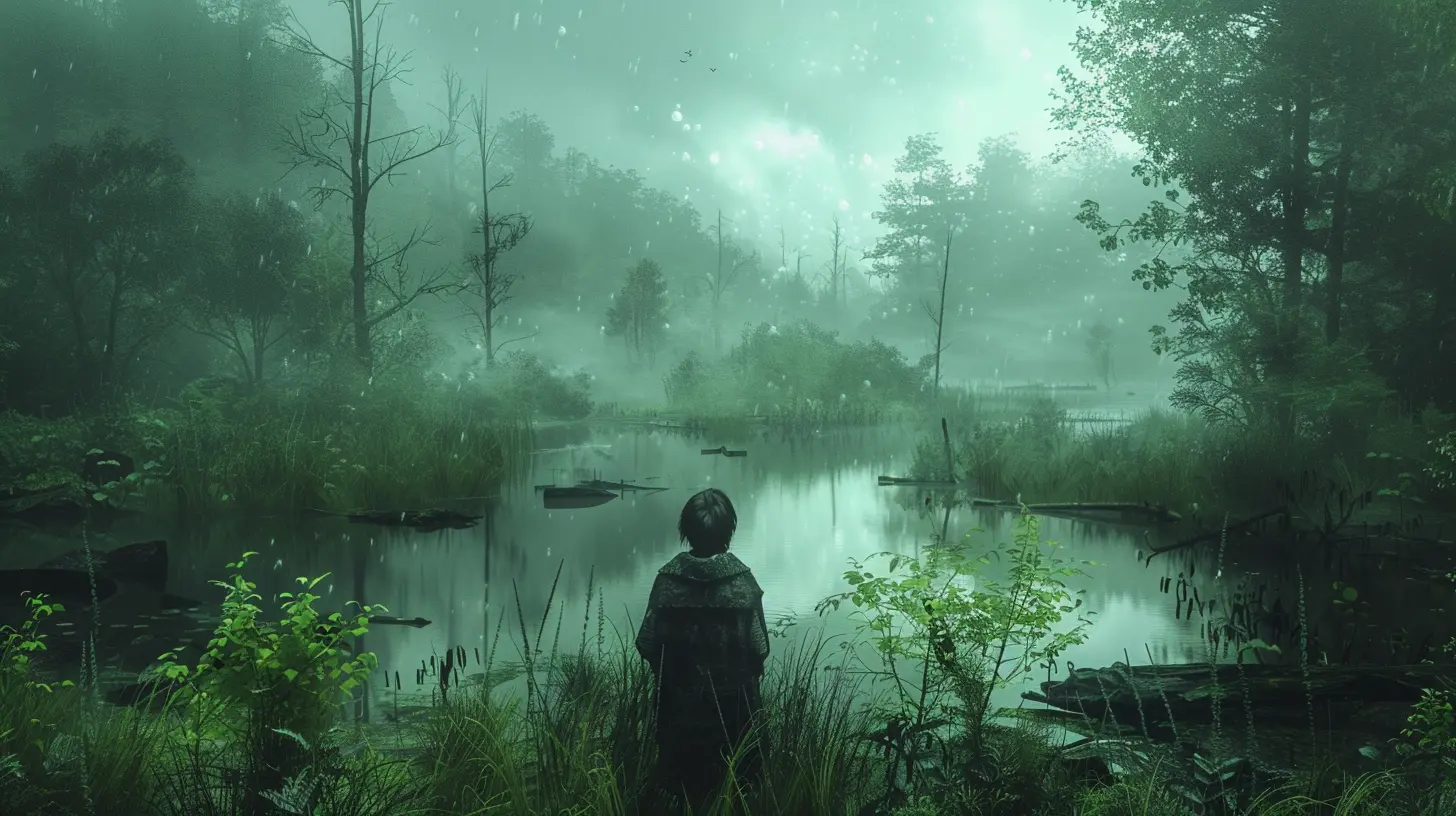
Dynamic Environments: It's Alive!
The most memorable open-world survival games don’t just throw you into a static map. Instead, they drop you into a living, breathing world that reacts to your actions. Whether it’s weather systems rolling in unexpectedly or wildlife going about their day, these dynamic environments keep you on your toes.Take The Forest, for example. You’re stuck on an island, scavenging for food and desperately trying to avoid freaky humanoid cannibals. But the game doesn’t just "reset" when you go to sleep. The landscape evolves. Trees grow back after being cut down. Enemies adapt to your playstyle. The world feels alive, like it's just as much a character as you are.
This unpredictability is what makes survival games unique. Sure, it’s beautiful to gaze at a sunset while standing on a mountain, but the real thrill comes from wondering if there’s a pack of wolves stalking you just out of sight. 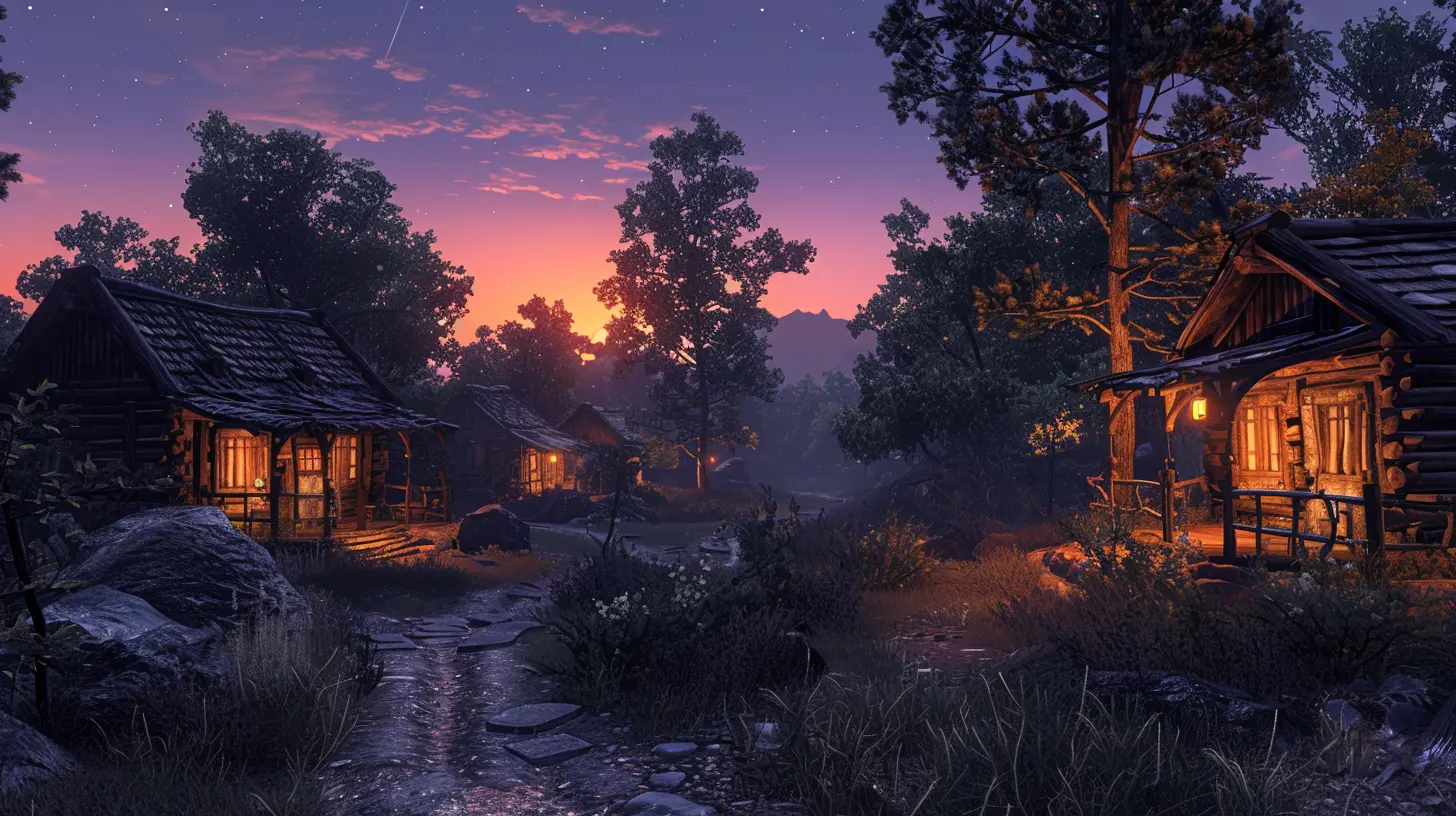
The Allure of Discovery
Ever found yourself wandering off the beaten path in a survival game, just to see what’s over that next hill? That’s the allure of exploration in open-world gaming. The curiosity about what lies beyond the horizon is irresistible.Games like Subnautica excel at this. Set in the depths of an alien ocean, it constantly tempts you to dive deeper, discover new biomes, and piece together the mystery of your crash landing. The deeper you go, the more resources you find—but also, the bigger and scarier the creatures get.
These moments of discovery feel personal, too. Unlike scripted cutscenes in other game genres, finding a hidden cave or stumbling upon an abandoned shack feels like it’s just for you. It’s this sense of ownership over your experiences that makes survival games so satisfying.
Resources and Risk: The Balancing Act
Let’s talk about the grind—because, let’s face it, survival games are all about resource management. Whether you’re chopping wood, mining ore, or scavenging for food, the balance between effort and reward is at the heart of the experience.But it’s not just a simple numbers game. Survival games thrive on forcing you to make tough decisions. Do you build that water purifier now, or save your materials for a weapon? Should you venture into the dangerous desert biome for rare loot, or stay put and fortify your camp?
This constant balancing act adds tension and makes every small victory—like finally cooking a meal before you starve—feel monumental. Games like Don’t Starve even layer in psychological stress, with mechanics that mimic mental strain as your character struggles to survive. 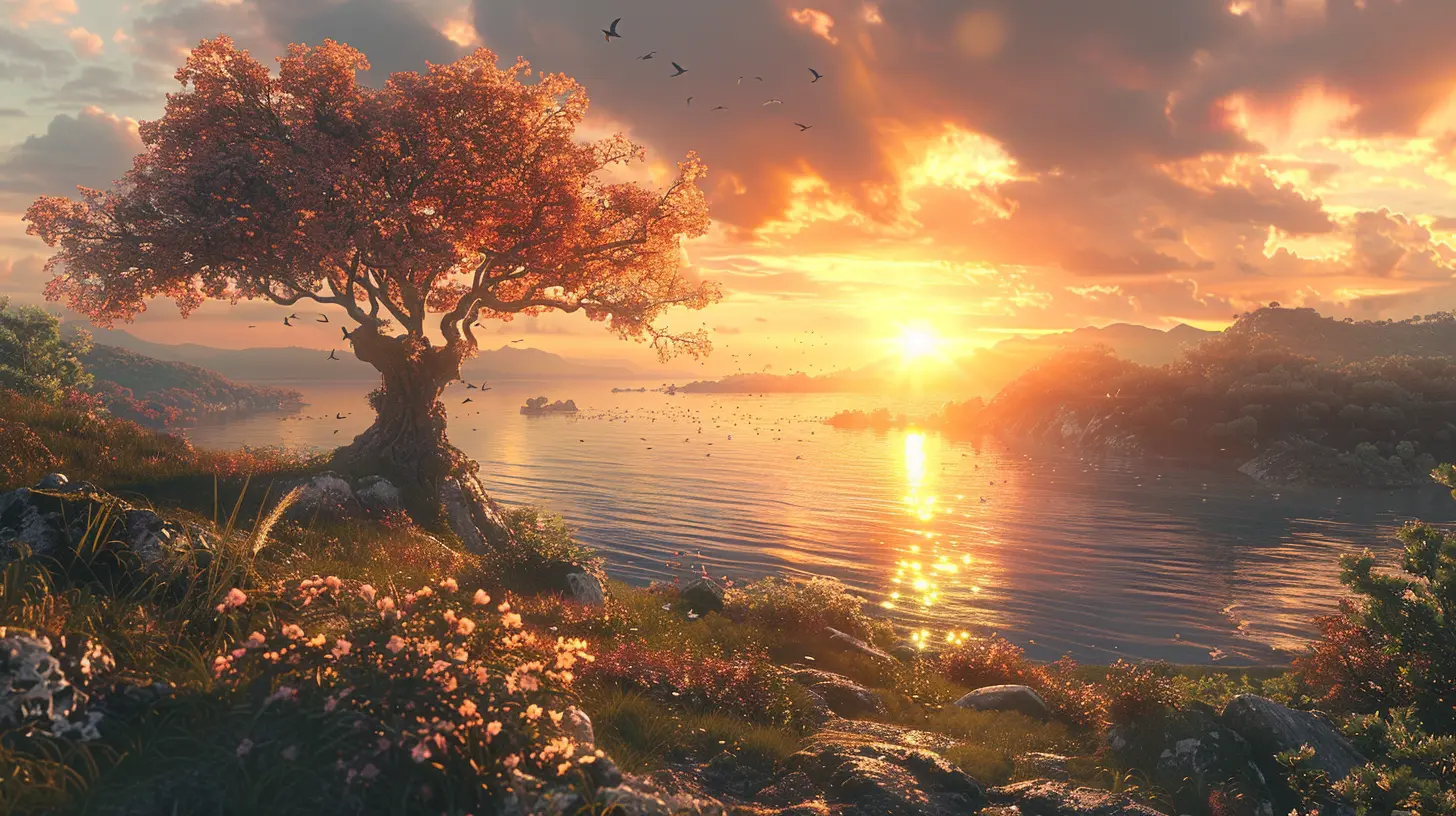
A Sandbox for Creativity
Open-world survival games don’t just challenge you to stay alive—they also unleash your inner architect. They’re like giant sandboxes where you can build impressive forts, intricate traps, and even entire villages.Take Minecraft, the OG survival sandbox. Sure, you start with nothing but your fists, but give it some time and you could be building castles, automated farms, and even functioning roller coasters. Want to create a towering fortress that overlooks a valley filled with creepers? Go for it.
But it’s not just about flexing your creative muscles. Building is essential to survival. Crafting shelter means protection from the elements (and hostile creatures). Farming food keeps you from starving. Your creations aren’t just decorative—they’re your lifeline.
And let’s be honest, nothing beats the satisfaction of fending off an enemy horde from the safety of a base you built with your own two hands.
Multiplayer Madness
Solo survival is intense, but add friends (or random strangers) into the mix, and things get even wilder. Open-world survival games with multiplayer modes create unique social dynamics that no other genre can replicate.Take ARK: Survival Evolved. You and your friends can band together to tame dinosaurs, build massive compounds, and fight off rival tribes. But multiplayer also comes with its own set of challenges. Will you share resources equally? Or will someone hoard everything and make the group suffer?
And let’s not forget PvP servers, where you’re constantly weighing whether you should team up with that stranger or backstab them before they can do the same to you. It’s a chaotic, unpredictable experience that adds yet another layer to the survival genre.
The Role of Storytelling
Open-world survival games might not seem like narrative powerhouses, but their stories often come from the players themselves. Sure, some games have overarching plots, like Green Hell’s tale of survival in the Amazon rainforest, but the real magic lies in the emergent stories that arise from gameplay.Remember that time you barely survived a night in 7 Days to Die because you ran out of ammo and had to fend off zombies with a frying pan? Or that time you accidentally set your camp on fire in Valheim? These stories stick with you because you lived them.
This player-driven storytelling is what makes survival games so memorable. Every session feels unique, every failure teaches you something new, and every success feels hard-earned.
Why We Keep Coming Back
So, why do we keep throwing ourselves into these harsh, unforgiving worlds? Why do we willingly subject ourselves to starvation, predators, and the occasional embarrassing fall off a cliff?Because survival games tap into something primal. They remind us of what it means to struggle, adapt, and overcome. In a world where everything is often handed to us on a silver platter, survival games say, “Earn it.” And honestly? That’s kind of refreshing.
Plus, there’s no better feeling than going from a clueless noob who can barely light a fire to a seasoned survivor who can take down a bear with a homemade spear. It’s the ultimate underdog story—played out in a virtual world.
Final Thoughts
Open-world environments in survival games aren’t just a backdrop—they’re the beating heart of the experience. They challenge us, inspire us, and occasionally terrify us. Whether you’re foraging for food in the wilderness or building a fortress to withstand the apocalypse, these games remind us of the thrill of taking risks and the joy of small victories.So next time you log into your favorite survival game, take a moment to appreciate the world around you. It’s not just pixels and code—it’s a sandbox for your creativity, a playground for your curiosity, and (sometimes) a battlefield for your life.
all images in this post were generated using AI tools
Category:
Survival GamesAuthor:

Tina Fisher
Discussion
rate this article
1 comments
Aisha Roberson
Ah yes, because who wouldn’t want to wander aimlessly for hours through pixelated trees, only to get eaten by a virtual bear? Truly the pinnacle of human achievement! Forget real-world sightseeing; let’s just get lost in a digital wilderness—sounds like a plan!
August 17, 2025 at 3:24 AM

Tina Fisher
I get where you're coming from! Exploring digital worlds can offer unique adventures and challenges that even the most stunning real landscapes can't match. It's all about finding joy in unexpected places!

